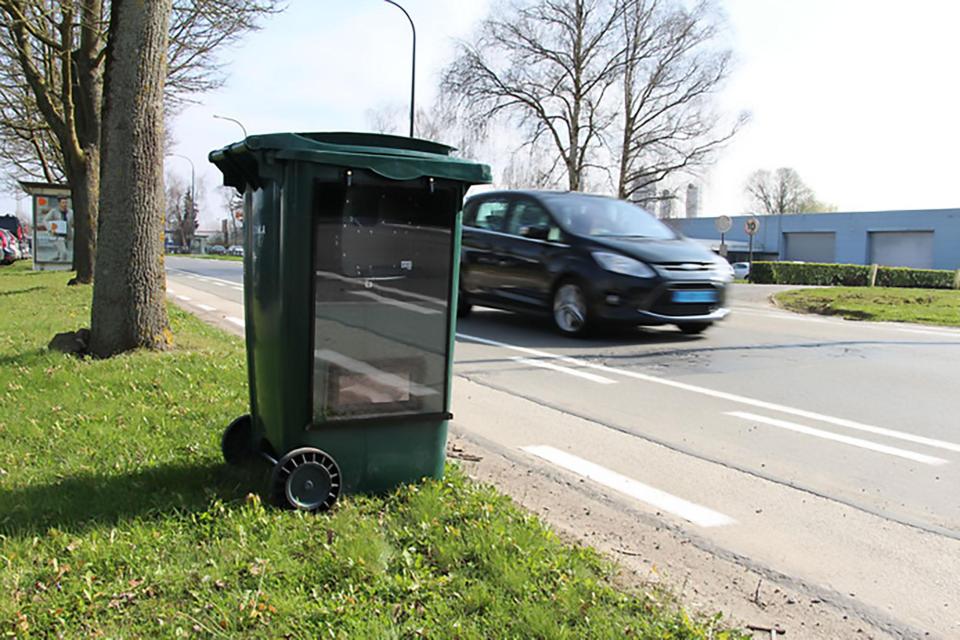Road users in Belgium are reporting seeing increasing numbers of speed cameras on the country’s roads, leading some to question whether we are moving towards a Big Brother society where our every move is monitored by the authorities.
A report by RTBF looked into the different types of speed control devices used in Belgium and the results were surprising.
Rather than just one type of camera, there are a number of fixed, mobile, or "sectional" speed control types at work on the country’s highways, ranging from small cameras mounted on signposts and underpasses to massive turrets by the side of the road.
Whether fixed or mobile or sectional, all these types of radars control speeding, identifying the vehicle by its license plate. The radar is normally set to take into account a margin of error to compensate for possible inaccuracy of the equipment. For example, a margin of error would be 6 km/h up to 100 km/h, and 6% for speeds above 100 km/h. The police or prosecutors set these margins of error, which can change over time.
Mobile radars can be placed temporarily along the road depending on circumstances decided by the authorities, such as a specific control campaign. Unlike cameras, these controls are generally not announced and are designed to catch out as many offenders as possible.
'Speed gun'
Then there are mobile radars controlled from a police vehicle, such as car, van or motorcycle which may be unmarked or not. Additionally, “speed gun" radars allow officers on foot to control the speed of traffic. These are usually used in on-the-spot controls and operations leading to immediate ticketing and fines.
Next is the Lidar, a bulky grey mobile radar system. While it is considered to be in the mobile radar category, it is very heavy and it is necessary to use a crane truck to move it. However, these are still moved around from time to time, making it possible to regularly change controlled areas.
Section speed cameras automatically record the speed of a vehicle at point A and point B. They then calculate the average speed over the distance between these two points, based on the time difference. This makes it possible to circumvent the effect of a driver who brakes suddenly at the sight of a radar in a bid to avoid detection.
'Educational' radars
Then there are what are called "educational" radars. These have a preventive role: it is not intended to record the excessive speed of a vehicle, but to warn the driver that his or her speed exceeds the standard allowed on this road.
Automatic Number Plate Recognition cameras (ANPR) are located at the limits of the Low Emission Zone (LEZ) in the Brussels Region. ANPR technology is also used to have a global view of the volume of traffic (counting the number of vehicles, determining travel time) by means of fixed or mobile cameras (located on bridges, for example).
'Fusion radars'
Finally, there is a chance that using "turret" radars, sometimes called "fusion radars" or "multi-infringement radars" could permanently join this list of speed control devices in Belgium after being tested here recently.
These have been in use in France since 2019, controlling, in addition to speed, the distance to be respected between heavy goods vehicles, non-compliance with red lights, continuous line crossing or dangerous overtaking. This technology could also make it possible to simultaneously track up to 126 vehicles on five lanes in both directions of traffic.

